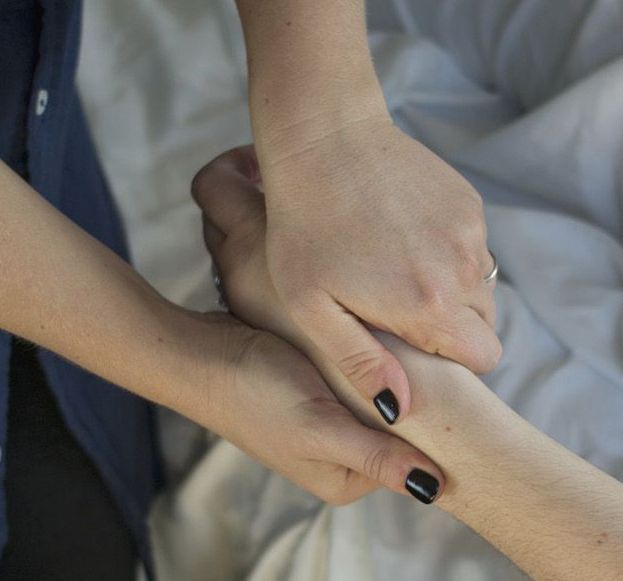Rolfing Options
Pick the Rolfing option best suited for you
Your first session is 75 min which includes initial intake information and getting to know your health background.
Returning client sessions are 60 min.
You may book by clicking the link on any item below, or call/text
303-817-4006 or email juliet@rolfingresilience.com.
My office is located at 190 e 9th ave suite 270, just south of downtown Denver. Assigned parking is available by request.
Business Hours
- Monday
- -
- Tue - Wed
- -
- Thursday
- -
- Fri - Sat
- Closed
- Sunday
- -
Returning client? Book your next session now!
Choose from the following sessions, or call for a custom visit!
The Sojourn
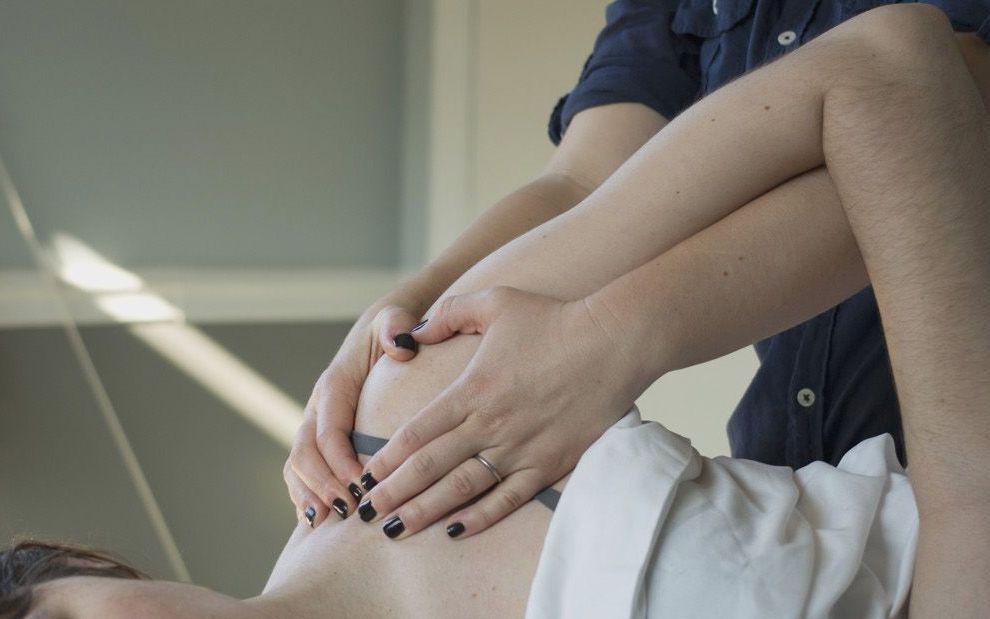
A mini series of 3 sessions to get your smaller problem addressed.
All good stories have a beginning, middle and end. Use the power of momentum to take a deeper dive into your issue, addressing some root issues, while keeping it accessible and affordable.
$365
Specialty Options
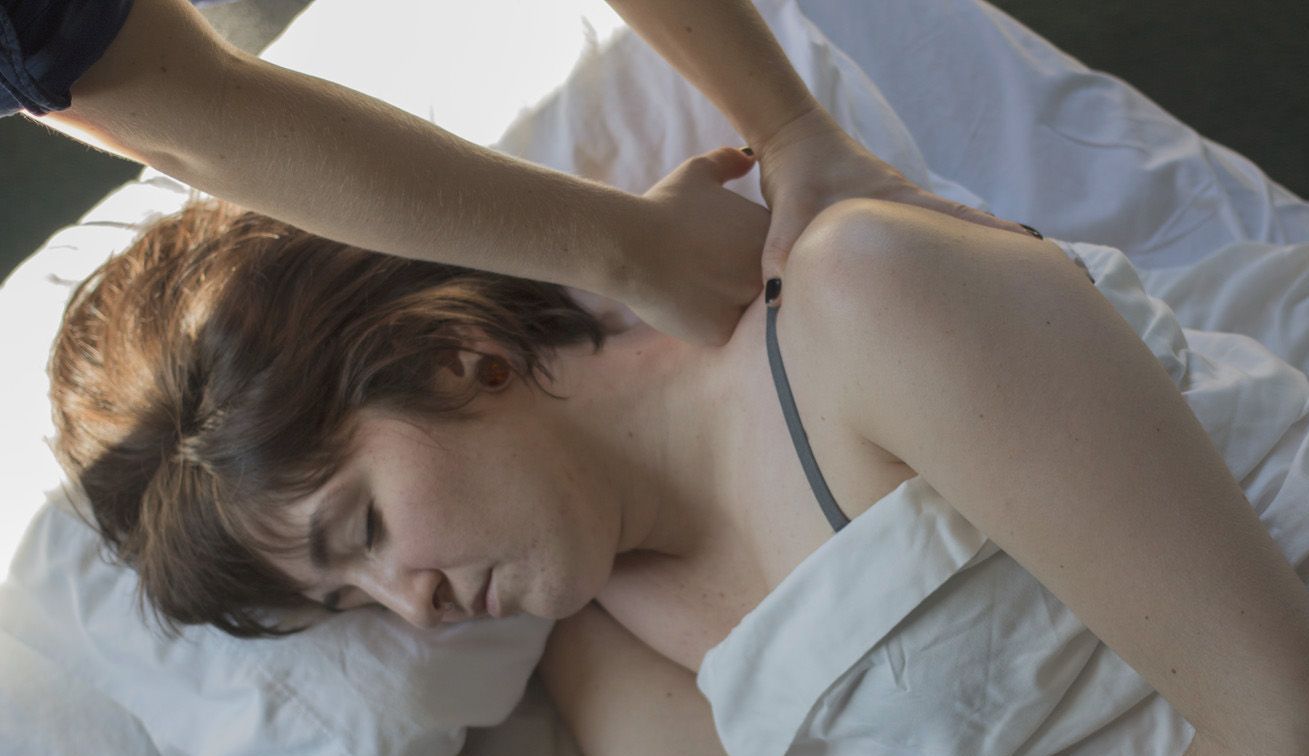
Screen Reboot: Too much time on screens is the norm for so many of us these days. Come in for a session tailored to alleviate WFH!
Postpartum Rx Relief for New Moms: I'll help release pain and tension in hips and low back from your birth experience to shoulders and neck from feeding and carrying your babe.
Single sessions for returning clients are $130
The Journey
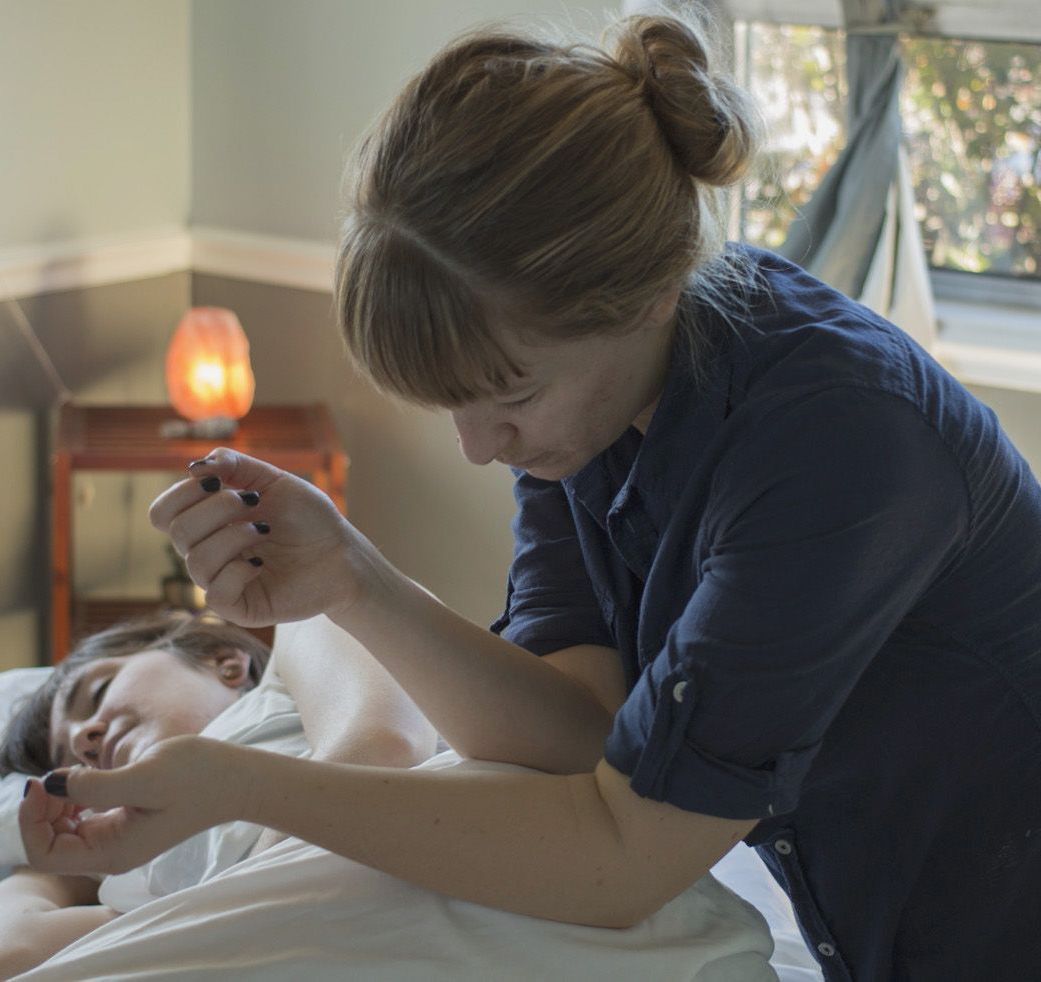
Ida Rolf's "classic 10" series addresses the body holistically to bring your whole self
to the next level of potential
$1,300
Rolfing is mostly the manipulation of the soft tissue, paying particular attention to the fascia.
Working with fascia requires manual deep pressure at various angles, often focused along the edges of bones. We are working together to achieve goals such as pain relief, and so a session will often also incorporate client education, movement and awareness exercises. The work always considers the body as a whole in which every part affects every other, so often we will apply the manual work in seemingly unrelated areas: the feet for a desired effect in the low back or shoulders, etc. We are looking at the whole body system and how it can be subtly transformed to shift out of the pain pattern in a long lasting way.
The services I offer are almost all within the framework of Rolfing. Within that, there are different approaches to fit your needs. These depend on how many sessions you would like to do, what your level of experience with Rolfing is, your sensitivity level, and what kind of contact you prefer.
Want to know more? Explore our services in-depth
10 Session Rolfing Series
This is recommended for everyone new to Rolfing as the most thorough way to approach a desired outcome, if it is feasible for you.
In order to best accomplish holistic transformation of the body, Dr Rolf created a recipe: a series of 10 sessions that make systematic changes to the body in an order that maximizes their effect. Each session focuses on specific goals that will make the goals of the next session easier to accomplish, and each session has its own “territory” of the body.
For example, the goals of Session 1 are to free the movement of the breath, and to allow independent movement between the shoulders, arms, and chest. Session 2 focuses on the feet with a goal of proper support, and so on. Each session is always customized to the individual client’s needs, yet each is relevant to all of us in some way. Just like in a recipe, there are certain directions which one follows with an eye to the particular client one is working with–and there are always commonalities, and always uniqueness. By the end of a 10- series, the whole body has been reorganized and integrated.
Typically, the ideal amount of time between sessions in a 10 series is one week apart. However, we all have different schedules and different bodies, and I try to be as accommodating to both as possible. Some may need two weeks to fully integrate the session’s input, while others may be able to integrate two sessions per week. However, spaced a month or more apart, the work tends to lose effectiveness as the body will potentially revert to its previous pattern without being given the next step in the process.
Non-Series Rolfing
I am willing to work with whatever your time and budget allows. We can work in a few sessions and see how it goes, a series of 3, or just one. I will use concepts from the series to address your body pattern, and the format of sessions will be much the same as in what to expect.
Post-10 Rolfing
If you have already had the 10 series, we can continue to support the changes we achieved in on-going work. Many people choose once a month or every couple months. If you have a job with a lot of intense physical aspects, you may choose to come in more frequently to offset constant strain. These sessions may include elements of Source point, Rolf Movement, yoga or pilates exercises, or the Body Adjustment, a gentle method of working with each joint in the body, developed by a mentor of mine who was trained in the British osteopathic tradition of bodywork.
Tune-Ups
30 minute tune-up sessions are also available to returning clients. These are especially helpful for focusing on one specific chronic issue or area.
SourcePoint Energy Work
This is a way to seamlessly blend a more subtle energetic approach with Rolfing. Having trained in the SourcePoint System, I can let the energies of your body guide the content of the deeper fascial work, and many are amazed by what this can accomplish. Or I can work more exclusively with your body’s energy field. Often, this can allow previous healing work to connect to the body, if it was blocked.
Will Johnson's Rolfing for Meditators
Will Johnson is a long-time meditator and direct student of Ida Rolf who has created a wonderful series of 4 sessions designed specifically for meditators who spend a lot of time seated on the floor. It is especially effective if you have already received some basic Rolfing, such as the 10 series. It begins with some alignment sessions that refresh the balance achieved in the 10 sessions, and the final session is done in the meditation posture.
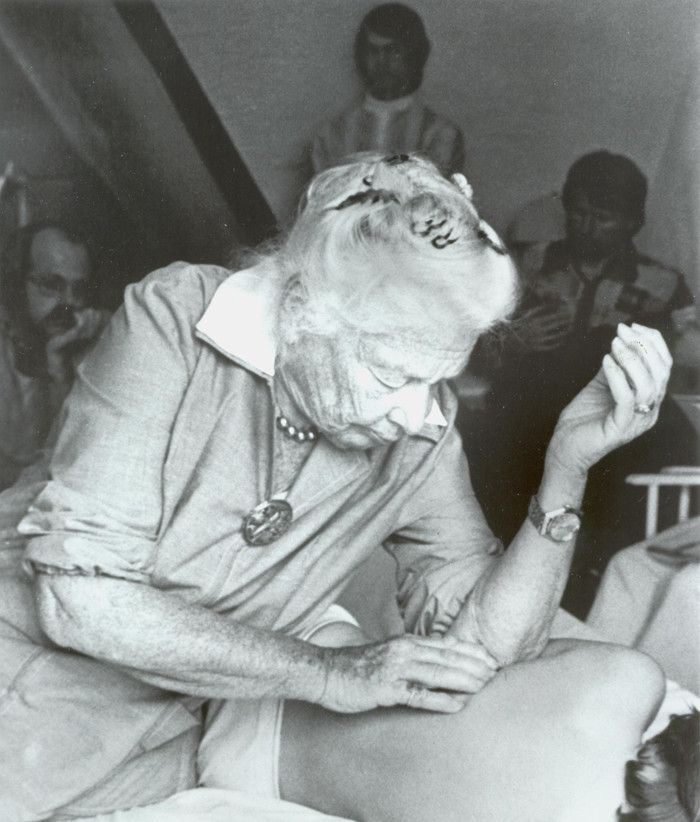
More about Rolfing: History and Concept
Rolfing is named for Dr. Ida Rolf, a biochemist who got her doctorate from Columbia in 1916. She left academia in the 1930’s as she sought to help people more concretely. Over the next 30 years, she developed her unique view of the body and this method of working to enable vitality, which drew on her study of osteopathy and yoga, among other disciplines. Her understanding of connective tissue as a seamless network through the body has recently been corroborated by scientific studies.
As the only life forms that stand on two feet, human beings have a unique relationship with gravity. We translate our weight through a delicately balanced structure to two relatively small points of contact with the ground, the feet. Through the course of living, it is easy for this balance to become shifted in a way that causes us to have constant strain just to walk and stand upright.
“We are using gravity as a tool. Gravity is the only tool that deals with chronic situations in the body.” ~Ida Rolf, founder of Rolfing [pictured at right] Gravity can work for us or against us. It is a constant force throughout our lives, which can either wear our bodies down or keep them cohesive and energized. This became a cornerstone in the philosophy of Rolfing, as well as Ida Rolf’s unique areas of study, including biochemistry, yoga, osteopathy, homeopathy, and Alexander technique. As early as the 1950’s, she saw the importance of connective tissue, specifically fascia, in determining the body’s shape–and its relationship with gravity. What was and often still is viewed as little more than packing material, she understood to be “the organ of structure.” Fascia surrounds every muscle fiber, every organ, every nerve in our body.
Fascia is responsible for much of our body’s posture—our shape in space. And it is responsive to change. It changes based on our activities and impacts from the outside, as well as our habitual positions and ways of carrying ourselves. Over time, our body will shape itself to what we use it for. Be it many hours a day in front of a computer, working manual labor, daily running or yoga, or carrying a baby on the same hip—the sum of our activities will be reflected in our body’s fascial organization, or lack of it.
Rolfing is about how best to change the structure of fascia in order for your body to flourish with your lifestyle, whatever it may be. Many different techniques can be employed to meet these ends. Rolfing techniques are as varied as pairs of Rolfers and clients: they can be hands-on: strong, gentle, deep, surface level, direct, indirect, fast, slow, intense, or subtle…or educational and experiential through walking, asking questions, talking, breathing, movement activities and more. Generally what feels good to the client is often the approach that is most beneficial for them.
Over a series of sessions, a Rolfer analyzes the client’s structure and ‘redirects’ the fascia for the best possible relationship between all parts of the structure and gravity. If a body is in harmonious alignment, gravity reinforces the structure, resulting in ease of movement and the absence of chronic tension.
-
10 Session Rolfing Series
This is recommended for everyone new to Rolfing as the most thorough way to approach a desired outcome, if it is feasible for you.
In order to best accomplish holistic transformation of the body, Dr Rolf created a recipe: a series of 10 sessions that make systematic changes to the body in an order that maximizes their effect. Each session focuses on specific goals that will make the goals of the next session easier to accomplish, and each session has its own “territory” of the body.
For example, the goals of Session 1 are to free the movement of the breath, and to allow independent movement between the shoulders, arms, and chest. Session 2 focuses on the feet with a goal of proper support, and so on. Each session is always customized to the individual client’s needs, yet each is relevant to all of us in some way. Just like in a recipe, there are certain directions which one follows with an eye to the particular client one is working with–and there are always commonalities, and always uniqueness. By the end of a 10- series, the whole body has been reorganized and integrated.
Typically, the ideal amount of time between sessions in a 10 series is one week apart. However, we all have different schedules and different bodies, and I try to be as accommodating to both as possible. Some may need two weeks to fully integrate the session’s input, while others may be able to integrate two sessions per week. However, spaced a month or more apart, the work tends to lose effectiveness as the body will potentially revert to its previous pattern without being given the next step in the process.
-
Non-Series Rolfing
I am willing to work with whatever your time and budget allows. We can work in a few sessions and see how it goes, a series of 3, or just one. I will use concepts from the series to address your body pattern, and the format of sessions will be much the same as in what to expect.
-
Post-10 Rolfing
If you have already had the 10 series, we can continue to support the changes we achieved in on-going work. Many people choose once a month or every couple months. If you have a job with a lot of intense physical aspects, you may choose to come in more frequently to offset constant strain. These sessions may include elements of Source point, Rolf Movement, yoga or pilates exercises, or the Body Adjustment, a gentle method of working with each joint in the body, developed by a mentor of mine who was trained in the British osteopathic tradition of bodywork.
-
Tune-Ups
30 minute tune-up sessions are also available to returning clients. These are especially helpful for focusing on one specific chronic issue or area.
-
SourcePoint Energy Work
This is a way to seamlessly blend a more subtle energetic approach with Rolfing. Having trained in the SourcePoint System, I can let the energies of your body guide the content of the deeper fascial work, and many are amazed by what this can accomplish. Or I can work more exclusively with your body’s energy field. Often, this can allow previous healing work to connect to the body, if it was blocked.
-
Will Johnson's Rolfing for Meditators
Will Johnson is a long-time meditator and direct student of Ida Rolf who has created a wonderful series of 4 sessions designed specifically for meditators who spend a lot of time seated on the floor. It is especially effective if you have already received some basic Rolfing, such as the 10 series. It begins with some alignment sessions that refresh the balance achieved in the 10 sessions, and the final session is done in the meditation posture.
-
More about Rolfing: History and Concept
Rolfing is named for Dr. Ida Rolf, a biochemist who got her doctorate from Columbia in 1916. She left academia in the 1930’s as she sought to help people more concretely. Over the next 30 years, she developed her unique view of the body and this method of working to enable vitality, which drew on her study of osteopathy and yoga, among other disciplines. Her understanding of connective tissue as a seamless network through the body has recently been corroborated by scientific studies.
As the only life forms that stand on two feet, human beings have a unique relationship with gravity. We translate our weight through a delicately balanced structure to two relatively small points of contact with the ground, the feet. Through the course of living, it is easy for this balance to become shifted in a way that causes us to have constant strain just to walk and stand upright.
“We are using gravity as a tool. Gravity is the only tool that deals with chronic situations in the body.” ~Ida Rolf, founder of Rolfing [pictured at right] Gravity can work for us or against us. It is a constant force throughout our lives, which can either wear our bodies down or keep them cohesive and energized. This became a cornerstone in the philosophy of Rolfing, as well as Ida Rolf’s unique areas of study, including biochemistry, yoga, osteopathy, homeopathy, and Alexander technique. As early as the 1950’s, she saw the importance of connective tissue, specifically fascia, in determining the body’s shape–and its relationship with gravity. What was and often still is viewed as little more than packing material, she understood to be “the organ of structure.” Fascia surrounds every muscle fiber, every organ, every nerve in our body.
Fascia is responsible for much of our body’s posture—our shape in space. And it is responsive to change. It changes based on our activities and impacts from the outside, as well as our habitual positions and ways of carrying ourselves. Over time, our body will shape itself to what we use it for. Be it many hours a day in front of a computer, working manual labor, daily running or yoga, or carrying a baby on the same hip—the sum of our activities will be reflected in our body’s fascial organization, or lack of it.
Rolfing is about how best to change the structure of fascia in order for your body to flourish with your lifestyle, whatever it may be. Many different techniques can be employed to meet these ends. Rolfing techniques are as varied as pairs of Rolfers and clients: they can be hands-on: strong, gentle, deep, surface level, direct, indirect, fast, slow, intense, or subtle…or educational and experiential through walking, asking questions, talking, breathing, movement activities and more. Generally what feels good to the client is often the approach that is most beneficial for them.
Over a series of sessions, a Rolfer analyzes the client’s structure and ‘redirects’ the fascia for the best possible relationship between all parts of the structure and gravity. If a body is in harmonious alignment, gravity reinforces the structure, resulting in ease of movement and the absence of chronic tension.
